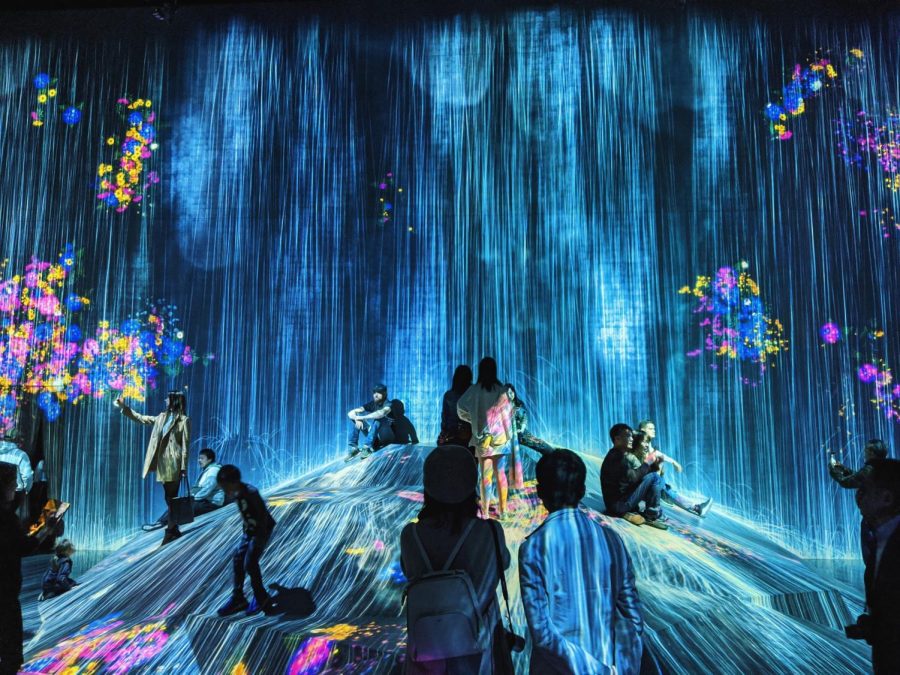Art or not? Digital art poses a controversial question
UNSPLASH PHOTO COURTESY OF Note Thanon
If digital art should be considered real art or not stirs up discussions.https://unsplash.com/license
March 31, 2023
As the range of mediums available to artists continues to expand, one question arises: do they all merit the title of “real art?” Some argue that art created using digital technology does not possess the necessary qualities to be considered a veritable piece of art, while others disagree.
Recently, many artists who share their work through social media have received comments saying that using digital tools is “cheating,” or that technology leaves little work for the artists to do themselves, according to Medium. A common belief is that digital art requires less skill to execute and yields unoriginal results.
While it is true that the use of technology may not necessitate talent and can make the artistic process easier, this is not always the case. Oftentimes, creating digital art is just as difficult of a task as creating traditional art, as there is an overwhelming amount of tools and settings to learn how to use.
However, many assert that digital tools make the artistic process significantly easier by doing most of the work for the artist. It can be less challenging to blend colors, create symmetry and construct shapes. Digital art also provides more room for error because artists typically have the ability to undo their actions with just one click.
Whether they are using the tools on a computer platform or physical paintbrushes and pencils, all artists still must possess a certain range of knowledge and technical skill to be able to manipulate their chosen medium.
Sophomore Taylor Woodward of Middletown, who primarily creates digital artwork, explained this commonality between the two art forms.
“With traditional art, there are a myriad of tools you can use, but with digital art, most programs have similar starting lines,” Woodward said. “For both, I think it’s just how you use the materials you are given.”
Digital artists may not share the exact abilities of a traditional artist; however, they often possess a specialized skill set, albeit a different one than those working with tangible materials.
Senior Maddie Lee of Middletown, who is a painter and sculptor, shared her perspective on how digital art differs from traditional.
“With digital art, you are more used to being able to work things out on a computer,” Lee said. “When you’re doing more fine art and physical pieces, you have more of a grasp on physically working with mediums and learning how different things work in front of you, rather than having it on screen.”
Even though digital art requires the manipulation of technology rather than physical materials, it is still necessary for an artist to understand certain core concepts.
Art teacher Shelley Ortner believes it is simply another medium for carrying out the same purpose.
“Let’s say you’re a painter and you paint on Photoshop, and it’s more fine art based, I think it’s a similar skill set,” Ortner said. “You need to know the basics of the design principles and have a creative vision, so I really think it’s the same concept, just a different tool.”





